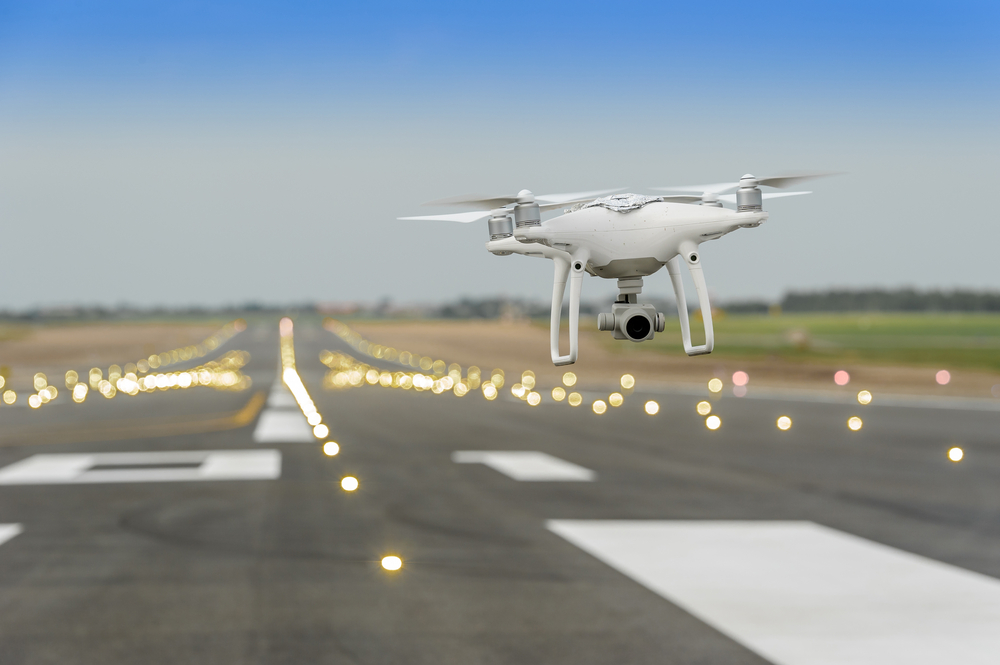
Looking for ways to subdue the rise of unauthorized drone appearances at airports, the Association for Unmanned Vehicle Systems International (AUVSI) and Airports Council International-North America (ACI-NA) have formed a Blue Ribbon Task Force on Unmanned Aircraft System mitigation.
The taskforce unites representatives from airports, as well as UAS and aviation communities, to modernize procedures and develop a policy framework going forward, with regards to airports, law enforcement, and other stakeholders. UAS mitigation will, they hope, cut down on incidents around other high profile areas as well: national landmarks, stadiums, prisons, and military bases, for example.
“UAS interfering with manned aviation is a serious issue, and it requires serious solutions,” Brian Wynne, president and CEO of AUVSI, said during a news conference. “That is why we are bringing together the best and brightest minds to recommend a plan to keep our skies safe for the flying public. While UAS hold tremendous societal and economic benefits, occasional bad actors threaten to undermine the great progress we have made and even put responsible, legal UAS operations in a negative light.”
The task force will consist of 11 members initially, including everything from a former administrator of the Federal Aviation Administration to a Senior Vice President of Security for the National Football League. Through their guidance, stakeholders hope to fight back against disruptive events like those seen at London’s Gatwick Airport or Newark’s Liberty International Airport, wherein hundreds of flights were delayed in the wake of drone sightings.
“One of ACI-NA’s highest priorities is ensuring unauthorized and unsafe drone operations do not adversely affect the safety or security of U.S. and Canadian airports,” Kevin Burke, president and CEO of ACI-NA, said. “With more and more drones flying in the airspace, we have found ourselves in a new situation with no clear playbook. By bringing together this exceptional group of experts, we are hopeful we can make significant progress in developing best practices that will help airports respond better.”